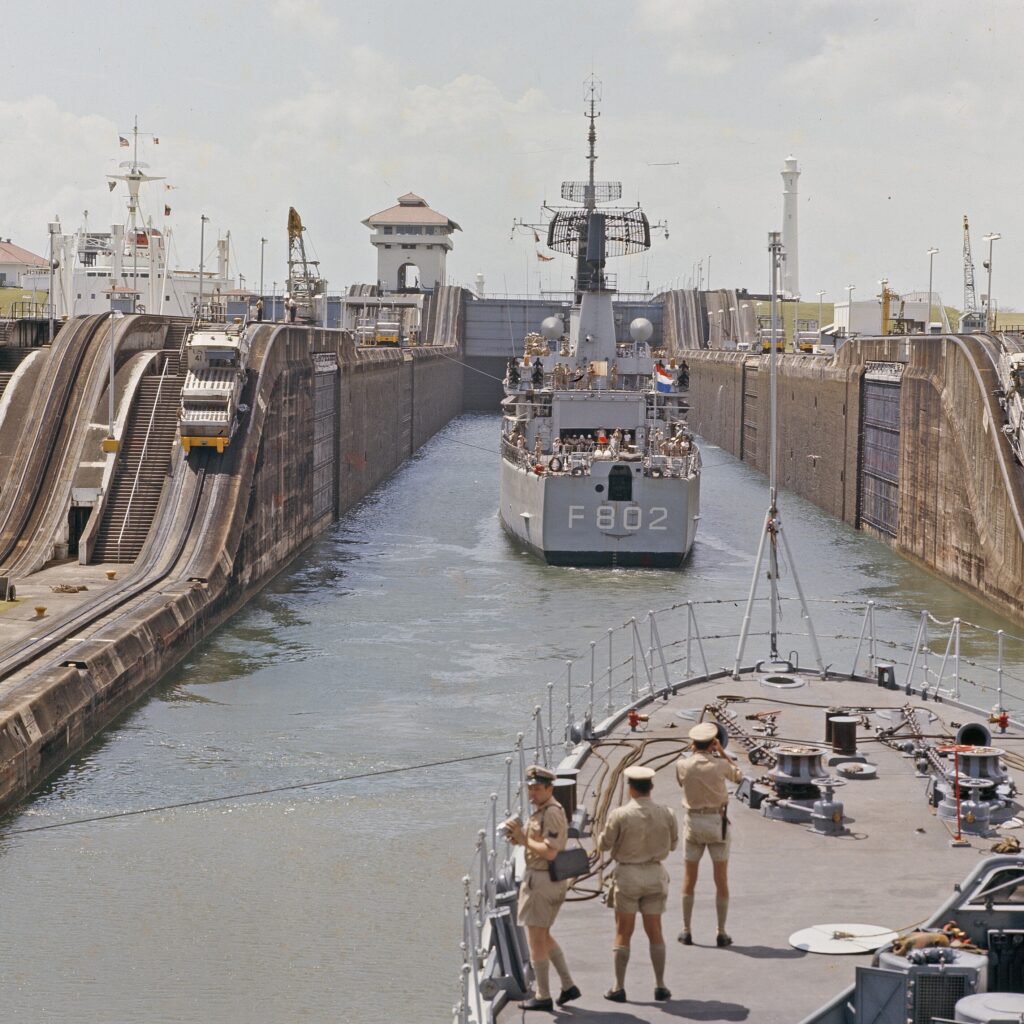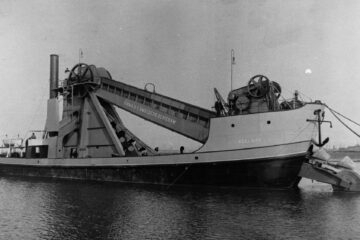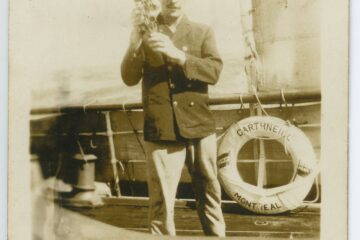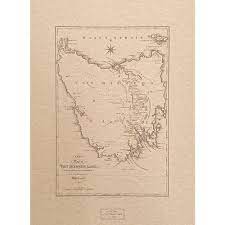Following the extensive naval presence during WWII, the more peaceful years of the 1960s, saw a new approach emerged where Naval Visits were amalgamated with a national ‘Holland Promotion’. This represented a distinct new form of ‘Flying the Flag’, showcasing the national flag by sending one or more warships abroad.
The world tour of 1970

The world tour to the World Expo in Osaka in 1970 can be rightfully described as the ‘mother’ of the Netherlands flag promotion voyages Inc. The organisational structure established would be repeatedly utilised in similar overseas manoeuvres in the decades to come. Preparations for this inaugural promotional journey with the modern frigates Hr.Ms. Van Speyk and Hr.Ms. Van Galen to the Far East (besides Japan, other ports in Asia, Australia, and South Africa were also to be visited) commenced in September 1969.
Subsequently, commanders and specialised naval officers visited various Dutch companies to acquaint themselves with the existing relationships with the countries to be visited. This form of ‘Holland Promotion’ was well received. For instance, the local Australian agent of aircraft manufacturer Fokker, following the port visit to Sydney, conveyed in a letter to the Dutch commanders that the promotion aboard their naval vessels, initially perceived as “difficult,” “turned out to be extremely simple because of the excellence with which your Officers were able to organise and implement the arrangements.” The officers and crew “very much impressed all who attended the functions [cocktail parties, presentations, and tours] because of their courtesy, efficiency, and general bearing.”
The Dutch ships joined close to 50 ships at Sydney Harbour joining the Captain Cook Bicentenary celebrations.
The sailors of the Dutch ships formed football teams and played games in Sydney.
The world tour of 1973
On June 12, 1973, the frigate Hr.Ms. Van Galen and the destroyer Hr.Ms. Limburg departed from Den Helder to join the British Royal Navy near Gibraltar for a six-month Group Deployment journey to the Far East and Australia. In addition to exercises with navies of countries with which little or no cooperation had been established, displaying the flag and promoting Netherlands Inc, the squadron voyage provided crews, ships, and helicopters with the opportunity for prolonged independent deployment as a group far beyond the area of the North Atlantic Treaty Organization (NATO).
Sailors of the Hr.Ms. van Galen continued the football tradition and played against the Windmills in Perth, a club established by Dutch migrants.
The world tour of 1979

From March 12 to July 12, 1979, a third major deployment outside the NATO treaty area took place: the so-called Far East Australia Cruise. In the run-up to this fleet visit to various ports in the Indian Ocean, coordination of all involved parties (the Ministries of Defense and Economic Affairs, as well as the business community) once again took place as far as trade promotion and promotion of the Netherlands were concerned.
With the commissioning of a second supply ship by the Royal Netherlands Navy in 1976 (Hr.Ms. Zuiderkruis), it was henceforth possible, considering the other tasks of the naval forces, to send a complete Dutch squadron around the world. The Far East Australia Cruise included the modern guided missile frigate (GW) Hr.Ms. Tromp, the brand-new standard (S-) frigate Hr.Ms. Kortenaer, the supply ship Hr.Ms. Poolster, and the old destroyer Hr.Ms. Drenthe. On the way back, the ships underwent maintenance in Fremantle.
The ship participated in the Western Australia Sesquicentennial celebration and again the crews played several games against local teams, this was organised by the the Dutch Club Neerlandia.
Source: Out-of-area. The Royal Netherlands Navy and multinational fleet operations 1945-2001
See also: The many Netherlands Naval Visits to Australia starting in 1901


